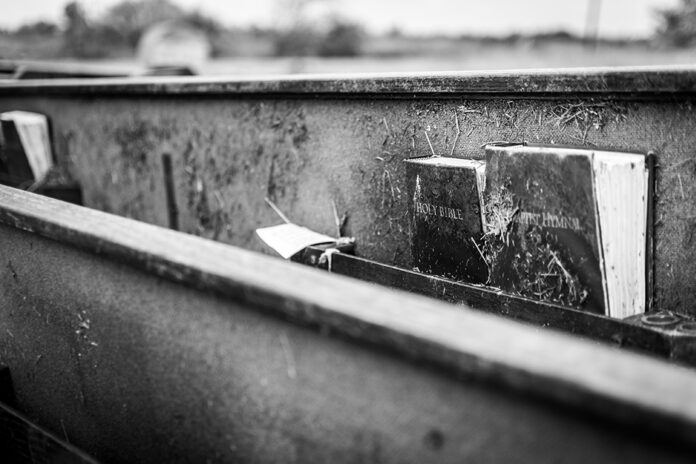
Putting on my volunteer hat, I walked through the open doorway of the hurricane-ravaged Salt Lake Baptist Church in Rockport, Texas, looking for resources to help someone in need.
The tattered, blue tarp covering a hole in the ceiling and a portion of the wall fluttered in the South Texas wind, kicking up particles of insulation and dust that twinkled as they crossed broken beams of light pouring in through grimy, mud-covered windows.
The pews had been removed and replaced with shelves and boxes of food, toiletries and cleaning products. The pulpit was entirely absent. Where a church elder would likely have stood on Sunday morning, a woman sat at a folding card table with a spiral notebook and a few pens with which the church kept track of those who received goods.
At first not looking toward the doorway, the woman eventually turned in her seat and smiled when she realized I was standing there.
“Howdy,” I said overplaying my Texas roots.
I explained I was a reporter from Arizona following a group of volunteers from the Phoenix area. I told her someone who had requested our help was looking for equipment to help demolish his house, which had been overtaken by mold.
She thought for a moment and shrugged as she shook her head side to side, eventually saying, “No, sorry.”
“But,” she said, “that’s great you’re doing this. I once lived in Coolidge.”
I immediately asked her name, to which she somewhat persistently only replied with her first name –Sheila.
About 40 years ago, she said, she trained and worked in a psychiatric hospital near Florence.
It was only a brief time – three years or so – but she recalled it well. We talked briefly about Casa Grande, desert sunsets, dryer climates and the many places she lived in her time between Arizona and Texas.
She offered to take our information and if she happened to find anyone with equipment to lend, she would call.
I then asked if I could take her picture. She declined.
However, she said, the pews which had been removed from the chapel were lined up outback, and those might make for a good picture.
I smiled, thanked her and left through the twinkling dust particles in the doorway.
I walked across the barren parking lot, back to the truck of Judge Lyle Riggs and his wife Veean, who at the time had been acting as escorts for Maricopa Monitor reporter Bethany Blundell and myself.
To the south, I saw the pews.
They were pushed together tightly, covered in mud and grass, some still with Bibles and hymnals stuffed into the compartments on the backs.
I retrieved my camera from the Judge’s truck and snapped a few shots of the desolate scene.
I didn’t linger for longer than necessary, took five or six shots, returned to the truck and we went about our day looking for others to help.
I’m not a religious man, but now, looking at those images, I can’t help feeling something powerful.
Though I didn’t get to photograph her, Sheila presented me the opportunity to capture these striking images. Within them lies a subtle yet direct reflection of humankind’s inevitable fight against nature, and for that I will always be thankful for her guidance.

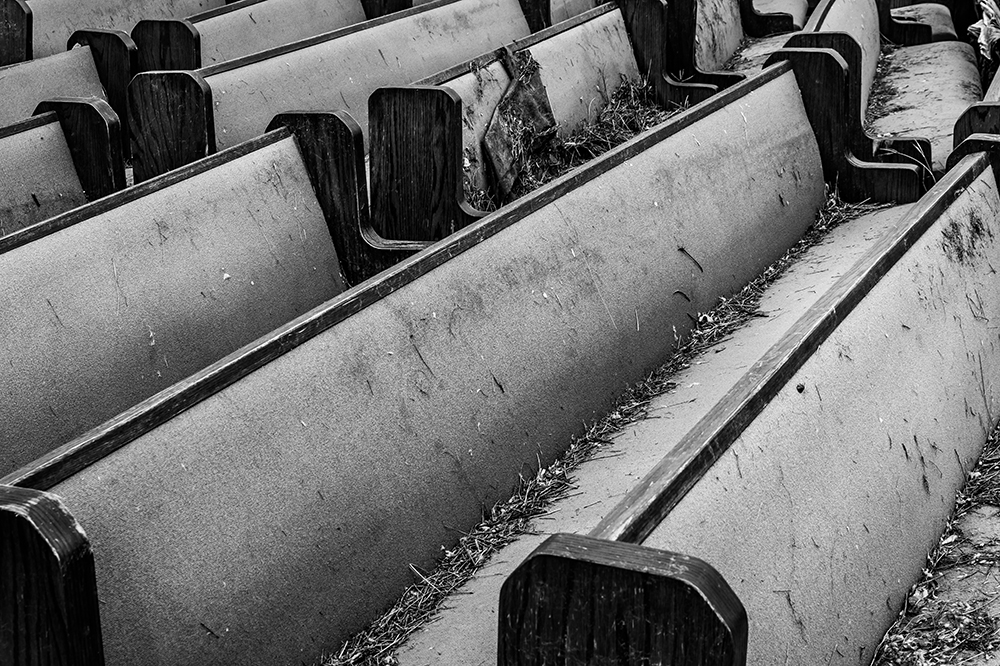
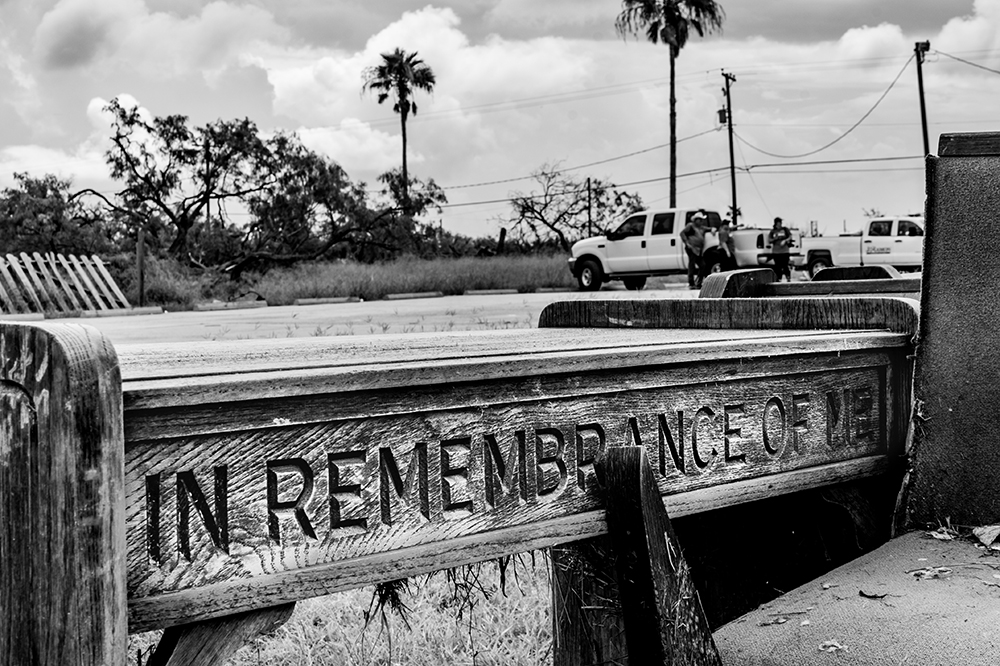
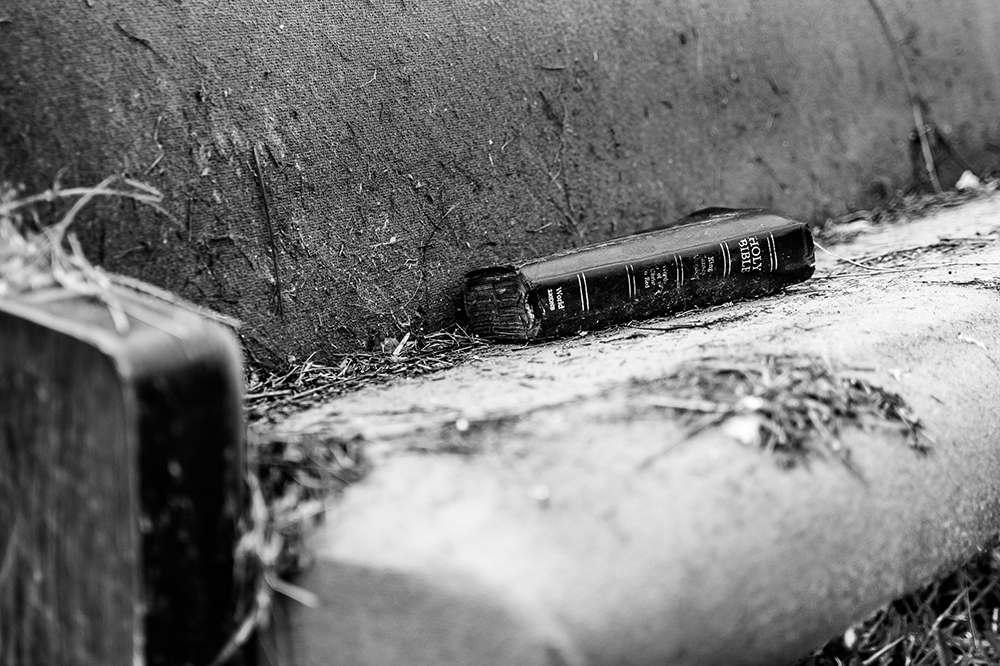
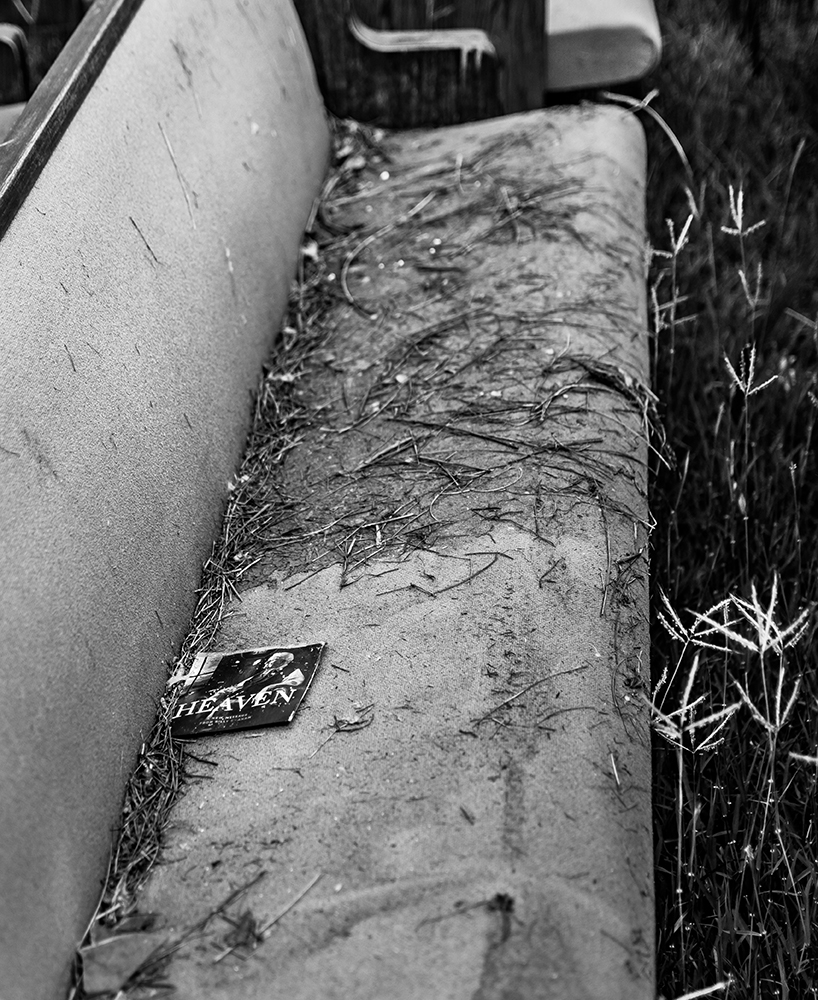



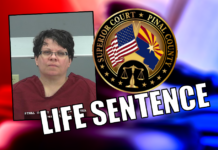
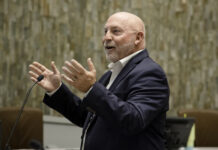
![MHS G.O.A.T. a ‘rookie sleeper’ in NFL draft Arizona Wildcats wide receiver Jacob Cowing speaks to the press after a practice Aug. 11, 2023. [Bryan Mordt]](https://www.inmaricopa.com/wp-content/uploads/2024/04/cowing-overlay-3-218x150.png)





![Alleged car thief released without charges Phoenix police stop a stolen vehicle on April 20, 2024. [Facebook]](https://www.inmaricopa.com/wp-content/uploads/2024/04/IMG_5040-218x150.jpg)




